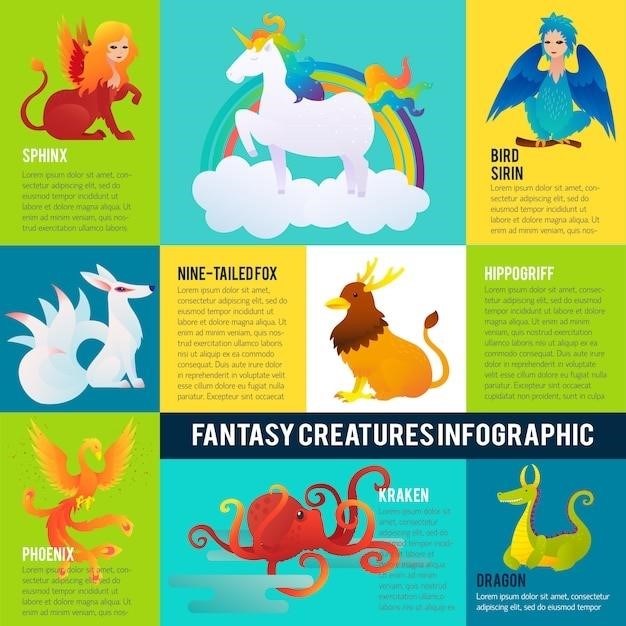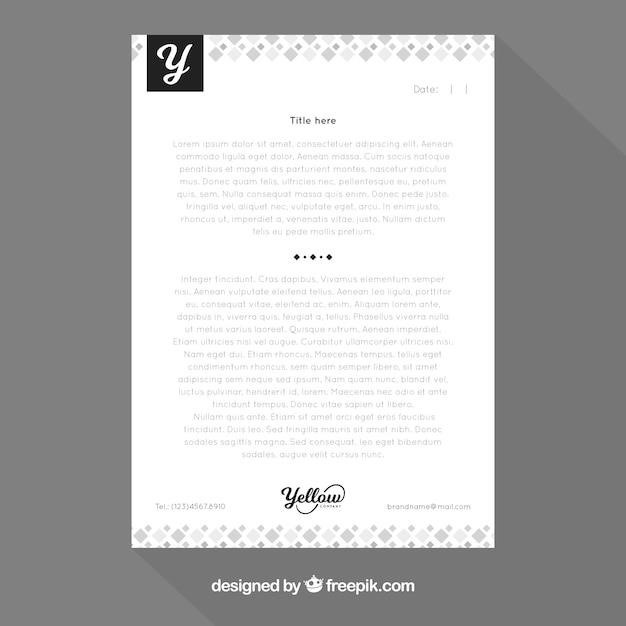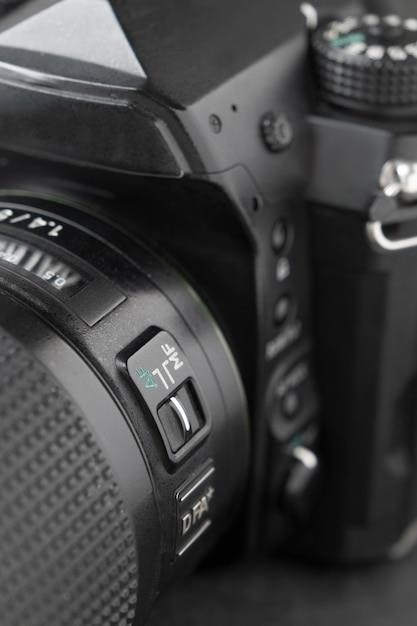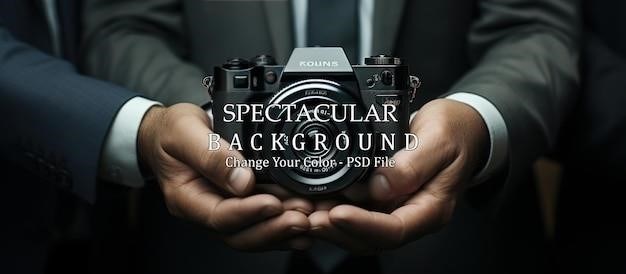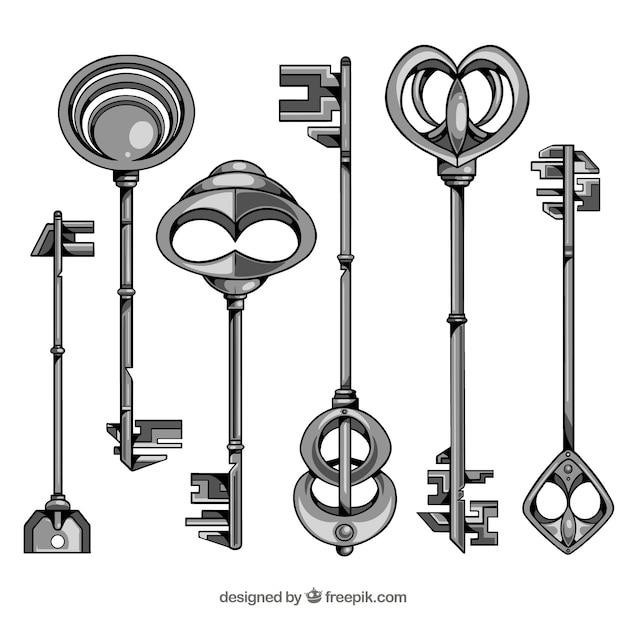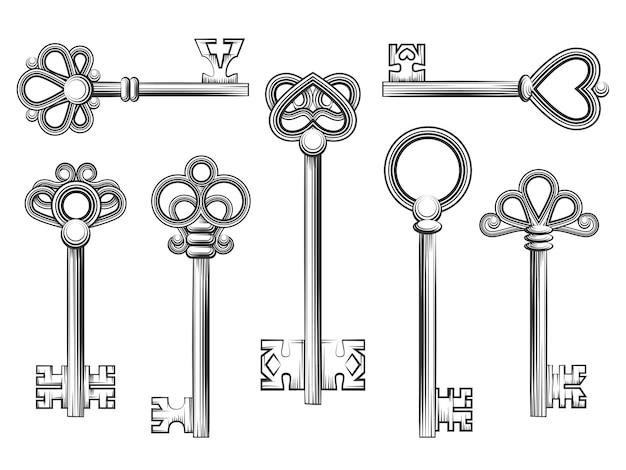Ninja Woodfire Grill Manual PDF⁚ A Comprehensive Guide
The Ninja Woodfire Grill Manual PDF is a comprehensive guide that provides users with all the information they need to assemble, operate, and maintain their grill. It covers everything from safety instructions to recipes and cooking tips. The manual is available in PDF format and can be downloaded from the Ninja website. The manual is also available in multiple languages.
Introduction
The Ninja Woodfire Grill Manual PDF is your essential companion for unlocking the full potential of your innovative outdoor cooking appliance. This comprehensive guide provides you with all the information you need to master the art of grilling, smoking, and baking with your Ninja Woodfire Grill. From basic assembly and safety instructions to advanced cooking techniques and delicious recipe ideas, this manual will empower you to create culinary masterpieces in your backyard.
Whether you’re a seasoned grilling enthusiast or a novice looking to elevate your outdoor cooking game, the Ninja Woodfire Grill Manual PDF is your ultimate resource. It will guide you through every step of the process, ensuring that you can confidently use your grill to its full capacity. Get ready to embark on a culinary adventure filled with smoky flavors and unforgettable meals.
Ninja Woodfire Grill Models
The Ninja Woodfire Grill lineup boasts a variety of models designed to cater to different cooking needs and preferences. The OG700 series, including the OG701LWC and OG701C, offers a versatile grilling experience. The OG701UK series, encompassing the OG701UK, OG751UK, and OG701UKAMZ, features electric power for convenient all-weather cooking. The Ninja Woodfire Pro Connect XL, with its OG901, OG901C, OG951, OG952, and OG901LWV variants, provides a connected grilling experience with advanced features.
The Ninja Woodfire Pro XL OG850EU, a wood-fired barbecue grill, offers a large cooking area and high temperatures for searing. The Ninja Woodfire OG701EU, another wood-fired grill, provides a unique smoky flavor. Regardless of the specific model, the Ninja Woodfire Grill Manual PDF serves as a valuable resource for understanding the features, functions, and operation of each model, ensuring optimal performance and culinary success.
Safety Instructions
The Ninja Woodfire Grill Manual PDF prioritizes user safety by providing comprehensive instructions to prevent accidents and ensure a pleasant grilling experience. It emphasizes the importance of using the grill outdoors only, as it’s designed for household use. Users are instructed to read and understand all instructions before operating the grill to ensure proper usage and avoid potential hazards. The manual highlights the presence of a hazard that can cause personal injury, death, or substantial property damage if warnings are ignored, emphasizing the seriousness of safety precautions.
The manual specifically advises against immersing the cord, plugs, or main unit housing in water or other liquids, as this could lead to electrical shock. It recommends using only genuine food-grade pellets in the grill to prevent contamination and ensure optimal performance. Furthermore, the manual stresses the importance of using the grill cover when stored outdoors to protect it from the elements and prolong its lifespan. Adhering to these safety instructions is crucial for a safe and enjoyable grilling experience.
Assembly and Setup
The Ninja Woodfire Grill Manual PDF provides detailed instructions for assembling and setting up the grill, ensuring a smooth and effortless process. The manual includes clear illustrations and step-by-step instructions, making it easy for users to follow along. It guides users on how to assemble the various components of the grill, such as the grill grates, the firebox, and the lid. The manual also explains how to connect the power cord and ensure proper electrical connections, emphasizing the importance of safety.
The manual provides instructions on how to prepare the grill for its first use, including how to add pellets to the firebox and how to ignite them. It also provides tips on how to adjust the temperature settings and how to preheat the grill for optimal cooking results. The manual highlights the importance of following the specific instructions for each model of Ninja Woodfire Grill to ensure proper assembly and setup. By adhering to the manual’s instructions, users can easily assemble and set up their grill and begin enjoying delicious wood-fired cooking.
Features and Functions
The Ninja Woodfire Grill Manual PDF provides a comprehensive overview of the grill’s features and functions, highlighting its versatility and ease of use. It describes the grill’s innovative wood-fired technology, which allows users to achieve authentic smoky flavors in their dishes. The manual explains the different cooking modes available, such as grilling, smoking, roasting, and baking, providing insights into the grill’s capabilities for a wide range of culinary applications. It details the temperature control system, allowing users to adjust the heat levels to suit their specific needs and recipes. The manual also provides a thorough explanation of the grill’s unique features, such as its built-in thermometer, its adjustable grates, and its convenient ash removal system.
The manual elaborates on the user-friendly interface of the grill, emphasizing its intuitive controls and easy-to-read display. It guides users on how to navigate the grill’s settings and how to utilize its various features, including the timer function and the temperature probe. The manual also provides a detailed description of the grill’s accessories, such as the grilling grate, the smoker box, and the roasting rack, and explains how to use them effectively for different cooking styles. By providing a clear and concise explanation of the grill’s features and functions, the Ninja Woodfire Grill Manual PDF empowers users to fully leverage the grill’s capabilities and create delicious meals with ease.
Cooking with the Ninja Woodfire Grill
The Ninja Woodfire Grill Manual PDF offers a wealth of information to help users master the art of cooking on their new grill. It provides a comprehensive guide to various cooking techniques, covering everything from grilling steaks and burgers to smoking ribs and brisket. The manual includes detailed instructions on how to prepare the grill for different types of cooking, explaining the importance of preheating and how to achieve optimal temperatures for specific recipes. It also offers valuable tips on selecting the right wood pellets for different flavors and how to use the grill’s various accessories to enhance the cooking experience.
The manual delves into the unique features of the Ninja Woodfire Grill, such as its ability to cook with both direct and indirect heat, allowing users to achieve a wide range of results. It provides step-by-step instructions for different cooking methods, including grilling, smoking, roasting, and baking, empowering users to experiment with various culinary styles. The manual also includes a section on troubleshooting common cooking issues, providing solutions to problems like uneven cooking or excessive smoke. It also offers valuable advice on how to monitor the cooking process, ensure proper doneness, and enhance the flavor and texture of the food. By providing a comprehensive guide to cooking with the Ninja Woodfire Grill, the manual encourages users to explore their culinary creativity and enjoy the delicious results.
Cleaning and Maintenance
The Ninja Woodfire Grill Manual PDF emphasizes the importance of regular cleaning and maintenance for optimal performance and longevity. It provides detailed instructions on how to clean the various components of the grill, including the cooking grates, drip pan, and ash pan. The manual recommends using a grill brush to remove food residue from the grates and advises against using harsh chemicals that could damage the grill’s surface. It also outlines the proper way to clean the drip pan and ash pan, ensuring efficient drainage and preventing buildup of debris.
The manual goes beyond basic cleaning instructions, offering valuable tips for maintaining the grill’s overall functionality. It recommends inspecting the wood pellet hopper for any clogs or blockages and emphasizes the importance of keeping the pellet chute clean to ensure smooth operation. The manual also advises users to check the grill’s ignition system periodically, ensuring it’s functioning correctly to guarantee a reliable start-up. By following these comprehensive cleaning and maintenance guidelines, users can ensure their Ninja Woodfire Grill remains in top condition, providing years of delicious grilling enjoyment.
Troubleshooting
The Ninja Woodfire Grill Manual PDF offers a dedicated section on troubleshooting common issues that users might encounter during their grilling experience. It provides a comprehensive list of potential problems, ranging from ignition difficulties to inconsistent temperature control, alongside practical solutions to address each issue. The manual guides users through a systematic process of identifying the root cause of the problem, offering step-by-step instructions to resolve it.
For instance, if the grill fails to ignite, the manual suggests checking the pellet hopper for empty pellets, inspecting the ignition system for any blockages, and ensuring the power cord is properly connected. If the grill temperature fluctuates, the manual advises users to check the pellet feed system for any obstructions, ensure the vent is open, and adjust the temperature settings as needed. The manual also provides helpful tips for maintaining consistent heat distribution, ensuring even cooking results. By providing clear and concise troubleshooting information, the manual empowers users to resolve common issues independently, ensuring a seamless and enjoyable grilling experience.
Recipes and Cooking Tips
The Ninja Woodfire Grill Manual PDF goes beyond the basics of operation and maintenance, offering a dedicated section brimming with culinary inspiration. This section is a treasure trove for grill enthusiasts, featuring an array of mouthwatering recipes designed to be cooked to perfection using the Ninja Woodfire Grill. From juicy grilled steaks and flavorful smoked chicken to tender ribs and delicious vegetables, the manual provides detailed instructions and cooking times for a wide range of dishes.
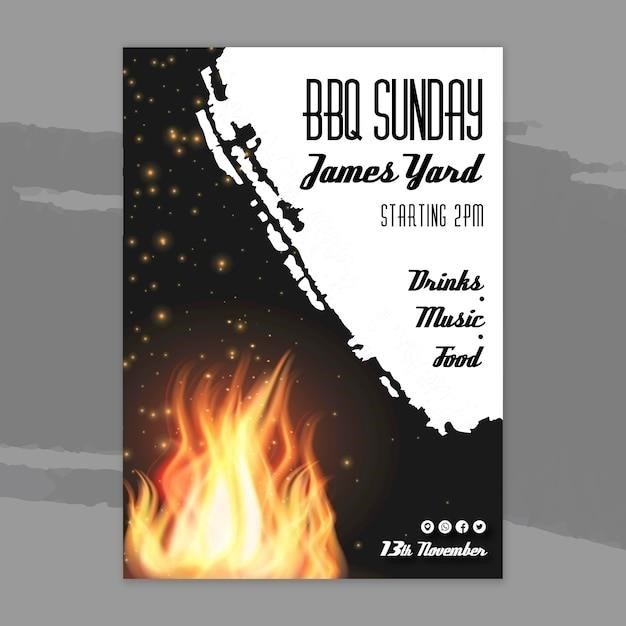
Beyond the specific recipes, the manual also offers valuable cooking tips and techniques to enhance your grilling skills. It covers essential information on selecting the right type of wood pellets for different flavors, adjusting cooking times based on the thickness of the food, and mastering the art of smoking and grilling to achieve the desired tenderness and smoky aroma. The manual also provides guidance on using the grill’s various functions, such as the air fryer and smoker, to expand your culinary repertoire and create a variety of dishes with ease. By combining a collection of enticing recipes with practical cooking tips, the Ninja Woodfire Grill Manual PDF empowers users to unleash their inner chef and create unforgettable grilling experiences.
The Ninja Woodfire Grill Manual PDF serves as a comprehensive guide for anyone looking to master the art of grilling with this innovative appliance. From understanding the basic functionalities and safety precautions to exploring a wide range of recipes and cooking techniques, the manual provides a wealth of information to enhance your grilling experience. The detailed instructions, clear illustrations, and helpful tips ensure that users of all skill levels can confidently operate their Ninja Woodfire Grill.

Whether you are a seasoned grill master or just starting out, the manual’s comprehensiveness and accessibility make it an invaluable resource. It empowers users to unlock the full potential of their Ninja Woodfire Grill, allowing them to create delicious and flavorful meals that will impress family and friends. By combining informative explanations with practical advice, the manual ensures a smooth and enjoyable grilling experience, turning your backyard into a culinary haven.

